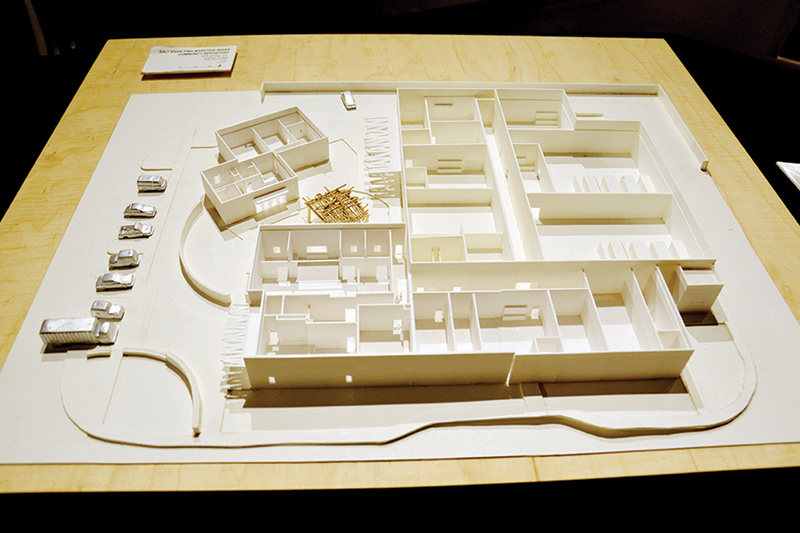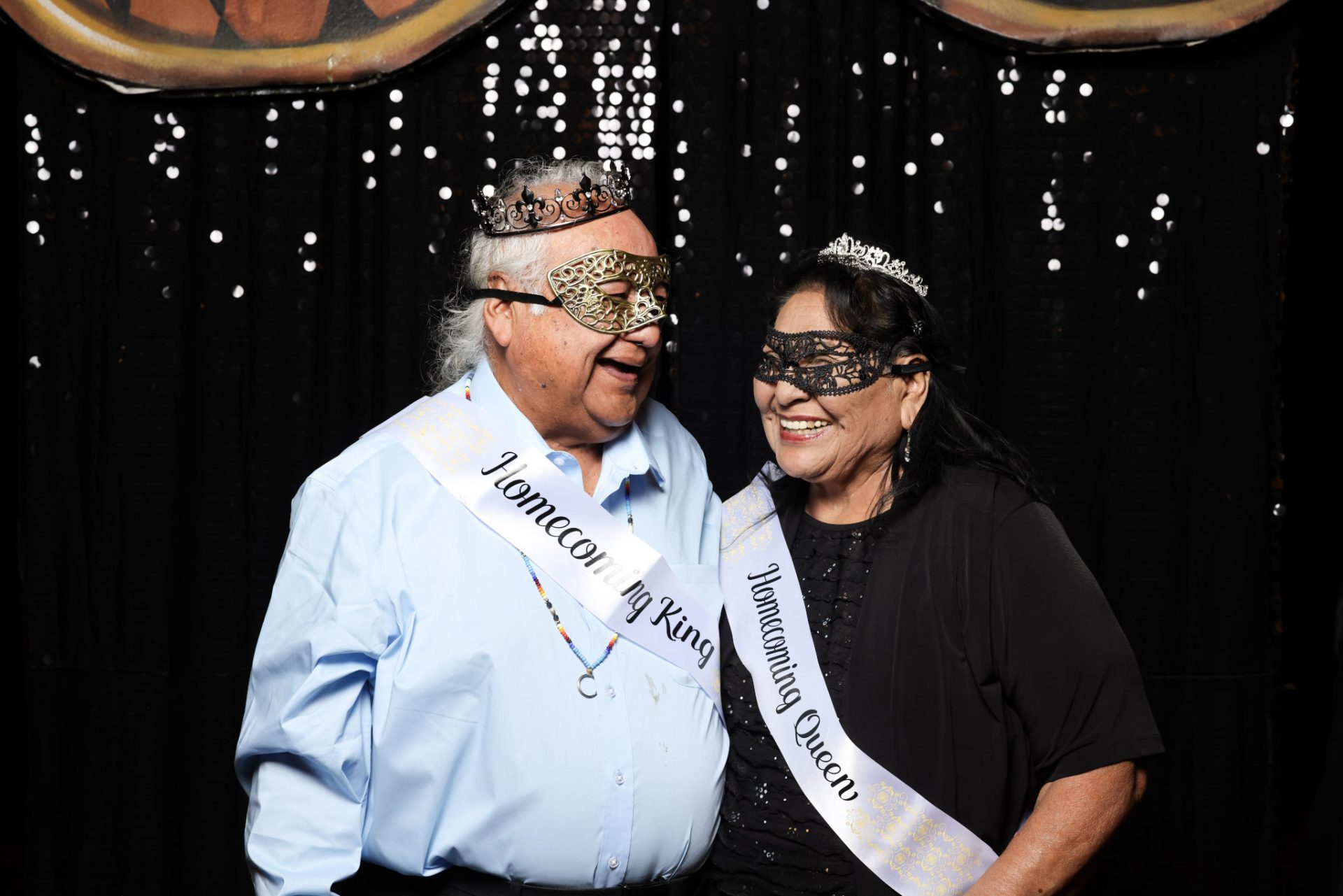VIEWS: 3192
February 28, 2020Construction Update for SRPMIC Cultural Repository
In March 2018, the Salt River Pima-Maricopa Indian Community Cultural Resources Department and the Huhugam Ki Museum broke ground for the new SRPMIC Cultural Repository. With designs completed, buildings demolished and staff relocated, all that is left is to start construction, which will begin in March.
There may be confusion about what exactly this new building will be used for. CRD Director Kelly Washington provided insight on what this new repository means for the Community.
“This is predominantly a museum repository,” Washington said, “the back end where all the artifacts are housed when they are not on display. By artifacts I don’t just mean baskets and pottery. There are different types of collections that the museum will be in charge of. Caring for all these artifacts is the most important [function] of a museum, and it’s not something that the public generally gets to see. The public sees the front end, which are the exhibits. They don’t realize all the work [that goes on] in the back, in the repository.”
With this new museum repository, the Community can also house resources that were historically housed somewhere else.
“Some things will be coming back to the Community,” said Washington. “The archeology collection will be brought home. [Artifacts resulting from the] archeology that now occurs in the Community can be analyzed and processed here, as opposed to what has historically been the situation, having them analyzed and stored elsewhere. A lot of them are down south in Tucson or in different institutions, and they don’t end up back in the Community. This building will allow for that to change.”
Along with bringing artifacts and resources back to the Community, the new repository has room to store specific collections of artifacts and exhibits.
For example, “We realized there is a growing need for an education collection,” said Washington. “These would be artifacts in our care but with the understanding that they are going to be used in ways that the normal museum collection wouldn’t be used, like for schools. Artifacts could travel to the schools and kids can touch them. So that’s another kind of collection that will be stored there in its own space.”

A 3D model of the repository shows the rooms that will hold the archeology, art, education and archives collections. 
Staff office space and work areas are required for CRD staff to record, document, analyze, clean, conserve and restore items. 
SRPMIC Community members and other SRPMIC staff will have access to limited access to the museum collections.
The repository will have specific rooms set up for education and art collections, NAGPRA (Native American Graves Protection and Repatriation Act) work, an audio studio and the museum archives.
Washington projects that construction will be completed in the summer of 2021. When the new building opens up, he hopes that people will come for a visit and leave with a better understanding of just what goes on in a museum on a day-to-day basis.
“Most people aren’t familiar with repositories and what they do, so we want to make them aware when we open,” said Washington. “So people can see what exhibits and artifacts are here and that they’re safe.”







